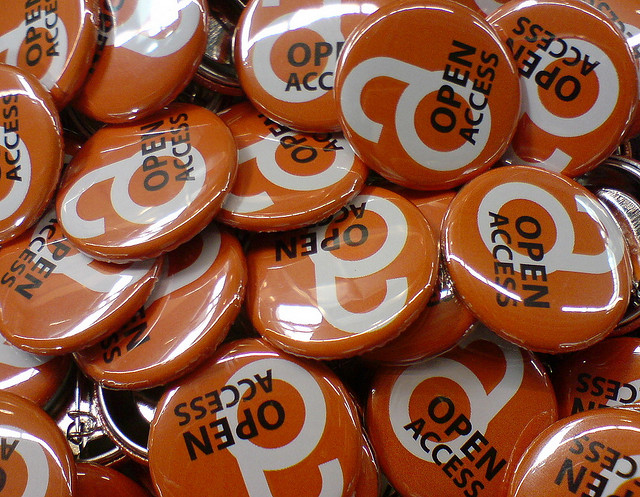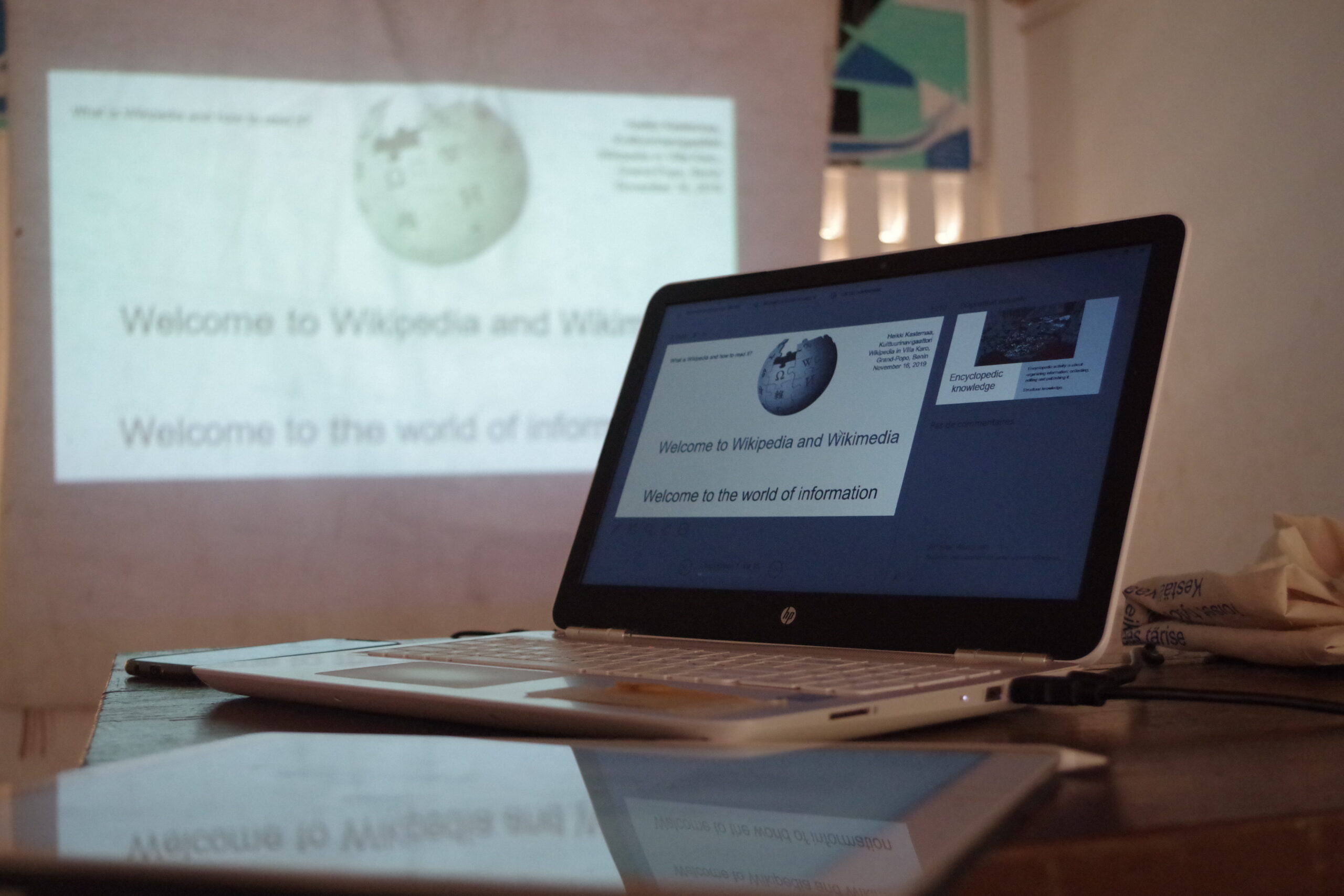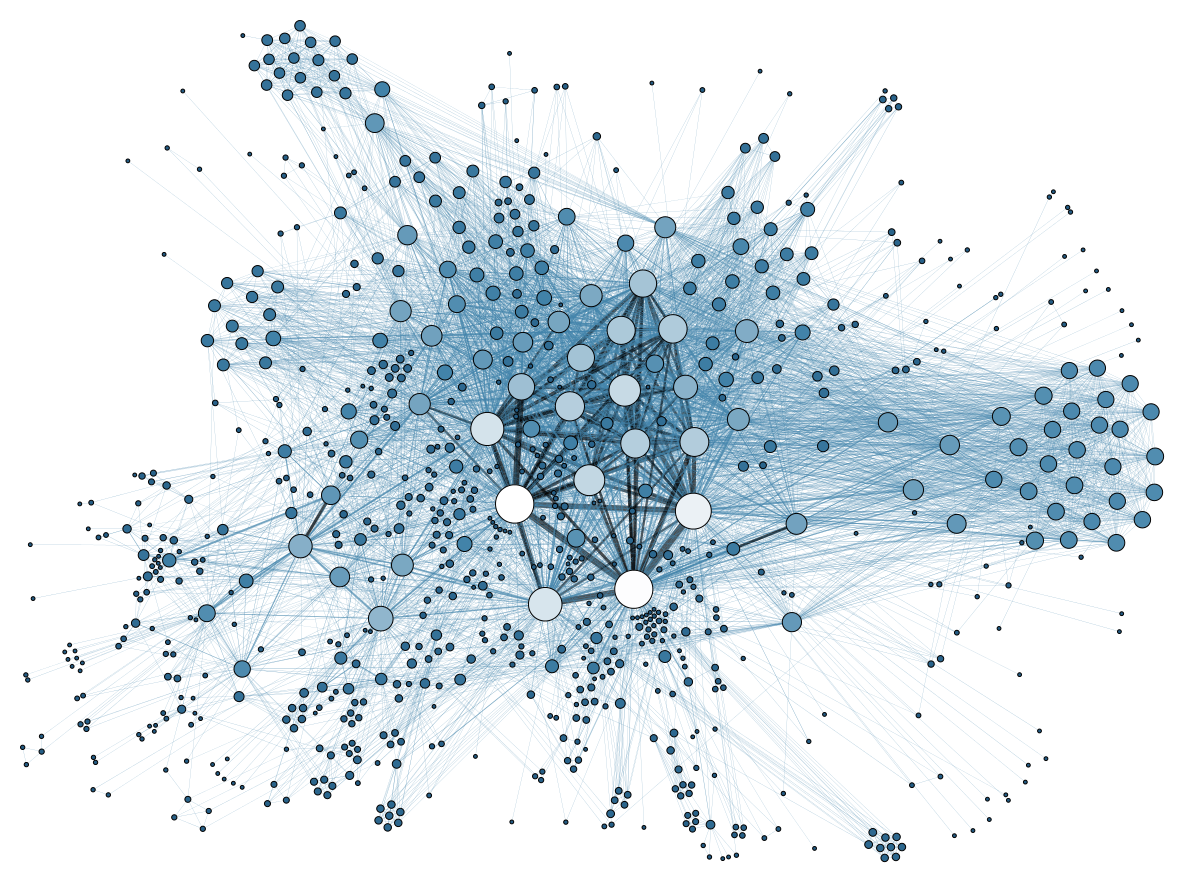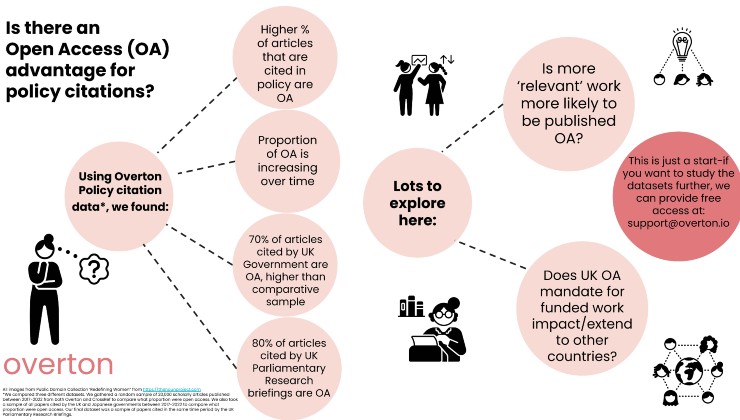 Open Access
Open Access The Perils of Megajournals–and How to Avoid Them
You like the idea of “megajournals”–online-only, open access journals that cover many subjects and publish content based only on whether it is scientifically sound. You get that PLOS ONE, PeerJ and others offer a path to a more efficient, faster, more open scholarly publishing world.

This piece by Stacy Konkiel, Jason Priem and Heather Piwowar originally appeared on the Impactstory blog as “The 3 dangers of publishing in “megajournals”–and how you can avoid them” and is reposted under the Creative Commons Attribution 4.0 License. Impactstory is an open-source, web-based tool that helps scientists explore and share the diverse impacts of all their research products.
But you’re not publishing there.
Because you’ve heard rumors that they’re not peer reviewed, or that they’re “peer-review lite” journals. You’re concerned they’re journals of last resort, article dumping grounds. You’re worried your co-authors will balk, that your work won’t be read, or that your CV will look bad.
Well, you’re not the only one. And it’s true: although they’ve got great potential for science as a whole, megajournals (which include PLOS ONE as well as BMJ Open, SAGE Open, Scientific Reports, Open Biology, PeerJ, and SpringerPlus) carry some potential career liabilities.
But they don’t have to. With a little savvy, publishing in megajournals can actually boost your career, at the same time as you support a great new trend in science communication. So here are the biggest dangers of megajournal publishing–and the tips that let you not have to worry about them:
1. My co-authors won’t want to publish in megajournals
Sometimes wanting to publish somewhere yourself isn’t enough–you’ve got to convince skeptical co-authors (or advisors!). Luckily, there’s a lot of data about megajournals’ advantages for you to share with the skeptics. And the easiest way to convince a group of scientists of anything is to show them the data.
Megajournals publish prestigious science
Megajournals aren’t for losers: top scientists, including Nobelists, publish there. They also serve as their editors and advisory board members. So, let your co-authors know: you’ll be in great company if you publish in a megajournal.
Megajournals boost citation and readership impact
Megajournals can get you more readers because they’re Open Access. A 2008 BMJ study showed that “full text downloads were 89% higher, PDF downloads 42% higher, and unique visitors 23% higher for open access articles than for subscription access articles.” These findings have been confirmed for other disciplines, as well. Open Access journals can also get you more citations, as numerous studies have shown.
Megajournals promote real-world use
With more readers comes more applications in the real world–another important form of impact. The most famous example is of Jack Andraka, a teenager who devised a test for pancreatic cancer using information found in Open Access medical literature. Every day, articles about diet and public health in Malawi, how to more efficiently monitor animal species in the face of rapid climate change, and other life-changing applied science is shared in Open Access megajournals.
Megajournals publish fast
If the readership and citation numbers don’t appeal to your co-authors, what about super fast publication times? Megajournals often publish more quickly than other journals. PLOS ONE has a median time-to-publication of around six months; PeerJ’s median time to first decision is 24 days; time to final acceptance is a mere 51 days. Why? Rather than having to prove to your reviewers the significance of your findings, you just have to prove that the underlying science is sound. That leaves you with more time to do other research.
Megajournals save money
Megajournals also often cheaper to publish in, due to economies of scale. Which means that while the Journal of Physical Therapy requires you to pay $4030 for an article, PLOS ONE can get you 29x the article influence for a third of the price. PeerJ claims that their even cheaper prices–$299 flat rate for as many articles as you want to publish, ever–have saved academia over $1 million to date.
2. No one in my field will find out about it
You’ve convinced your co-authors–megajournals are faster, cheaper, and publish great research by renowned scientists. Now, how do you get others in your field to read an article in a journal they’ve never heard of?
Getting your colleagues to read your article is as easy as posting it in places where they go to read. You can start before you publish by posting a preprint to Figshare, or a disciplinary pre-print server like ArXiv or PeerJ Preprints, in order to whet your colleagues’ appetite. Make sure to use good keywords to make it findable–particularly since today, a growing percentage of articles are found via Google Scholar and PubMed searches instead of encountered in journals.
Once your paper has been more formally published in your megajournal of choice, you can leverage the social media interest you’ve already gained to share the final product. Twitter’s a great way to get attention, especially if you use hashtags your colleagues follow. So is posting to disciplinary listserves. A blog post sharing the “story behind the paper” and summarizing your findings can be powerful, too. Together, these can be all it takes to get your article noticed.
Microbiologist Jonathan Eisen is a great example. He promoted his article upon publication with great success, provoking over 80 tweets and 17 comments on a blog post describing his PLOS ONE paper, “Stalking the Fourth Domain in Metagenomic Data”. The article itself has received ~47,000 views, 300 Mendeley readers, 23 comments, 35 Google Scholar citations, and hundreds of social media mentions to date, thanks in part to Eisen’s savvy self-promotion.
3. My CV will look like I couldn’t publish in “good” journals
It’s a sad fact that reviewers for tenure and promotion often judge the quality of articles by the journal of publication when skimming CVs. Most megajournal titles won’t ring any bells (yet) for those sorts of reviewers.
So, it’s your job to demonstrate the impact of your article. Luckily, that’s easier than you might think. Today, we don’t have to rely on the journal brand name as an impact proxy–we can look at the impact of the article itself, using article-level metrics.
One of the most compelling article-level stats is good ol’-fashioned citations. You can find these via Google Scholar, Scopus, or Web of Science, all of which have their pros and cons. Another great one is article downloads, which many megajournals report: even if your article is too new to be cited yet, you can show it’s making an impact with readers.
To demonstrate broader and more immediate impacts, also highlight your diverse audiences and the ways they engage with your research. Social media platforms leave footprints on the web. These ”altmetrics” can be captured and aggregated at the article level:
|
scholarly audience |
public audience |
|
|
recommended |
faculty of 1000 recommendation |
popular press mentions |
|
cited |
traditional citation |
wikipedia citations |
|
discussed |
scholarly blog coverage |
blogs, twitter mentions |
|
saved |
mendeley and citeulike bookmarks |
delicious bookmarks |
|
read |
pdf views |
html views |
There are many places to collect this information; rounding it all up can be a pain. Luckily, many megajournals will compile these metrics for you: PLOS has developed its own article level metrics suite (seen below); Nature Scientific Reports and many other publishers use Altmetric.com’s informative article-level metrics reports.
If your megajournal doesn’t offer metrics, or you would like to compile metrics for all your megajournal articles in one place, you can pull everything together with an Impactstory profile instead.
And just like that, you’re turning megajournals into valuable assets for both science and your career: you’ve convinced your co-authors, done some savvy social media promotion to get your discipline’s attention, and turned your megajournal article from a CV liability to a CV victory through the smart use of article-level metrics. Congratulations!






















































































